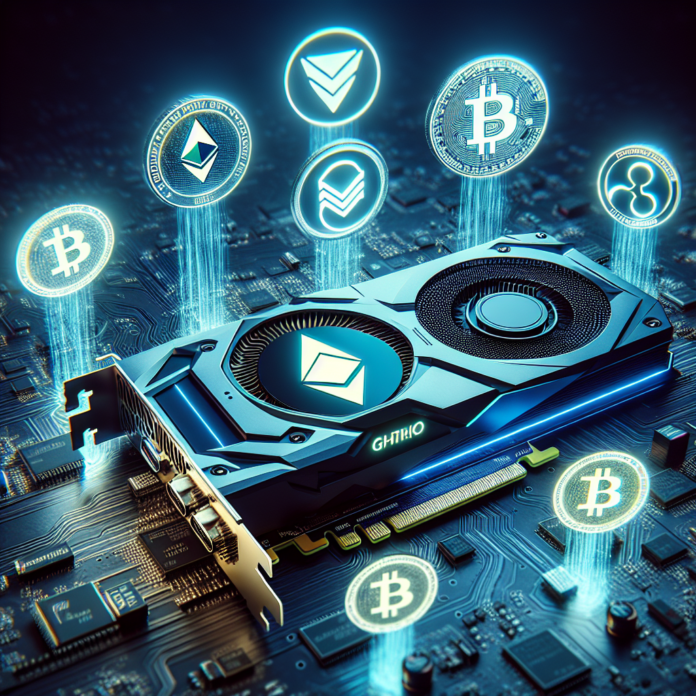The intricately connected worlds of cryptocurrency mining and gaming have seen their paths intertwine through the shared use of one crucial piece of hardware: the Graphics Processing Unit (GPU). Known for their powerful processing capabilities, GPUs have become a prized asset for both gamers and crypto miners, leading to a complex relationship between these two consumer markets.
The GPU Demand in Crypto Mining
Cryptocurrency mining often requires high computational power to solve complex mathematical problems, a task for which modern GPUs are well-suited. Their ability to handle parallel tasks makes them more efficient than their CPU counterparts, which has resulted in a surge in demand from the mining community, particularly during crypto market booms.
Gaming GPUs: The Unintended Mining Powerhouses
Originally designed to render complex graphics in video games, gaming GPUs inadvertently became the go-to hardware for mining cryptocurrencies like Ethereum. Their cost-effectiveness and availability often make them more accessible than specialized mining equipment, such as ASICs (Application-Specific Integrated Circuits).
Market Impact and Supply Shortages
The rise of GPU-based mining farms has significantly impacted the gaming industry, leading to supply shortages and inflated prices. During peak crypto market periods, miners have been known to buy GPUs in bulk, leaving gamers struggling to build or upgrade their gaming rigs.
Companies like NVIDIA have taken steps to address this issue by implementing measures such as limiting the mining capabilities of their gaming-focused GPUs to deter miners and reserve supply for gamers.
Balancing Act: Manufacturers’ Responses
GPU manufacturers find themselves in a dual market position. To better serve both markets, companies have begun offering dedicated mining GPUs, devoid of gaming-centric features like display outputs, which are unnecessary for crypto mining.
NVIDIA’s CMP (Cryptocurrency Mining Processor) product line represents one such effort to differentiate products and cater to the specific needs of crypto miners, which helps alleviate some pressure off the gaming market.
The Future Landscape: Evolving Tech and Market Adaptations
As the technology landscape evolves with emerging trends such as proof-of-stake cryptocurrencies, which drastically reduce the need for traditional GPU mining, the interplay between mining and gaming may experience shifts.
Additionally, secondary markets for GPUs have seen growth, with platforms like eBay offering avenues for miners to sell used GPUs to gamers, though this comes with its own concerns regarding hardware longevity and performance.
Conclusion
The GPU serves as a nexus between crypto mining and gaming—a dual role that has led to both collaborative and competitive outcomes in the industry. As market dynamics continue to change and technologies develop, both communities are keenly watching manufacturers and the evolving use of GPUs. Navigating this landscape requires careful consideration from stakeholders to ensure that both miners and gamers can continue pursuing their passions without impinging on each other’s resources.
The ongoing dialogue and innovative solutions from manufacturers aim to strike a balance and preserve the equilibrium in GPU availability, benefiting both crypto enthusiasts and gaming aficionados alike.




 AGF-B.CO
AGF-B.CO